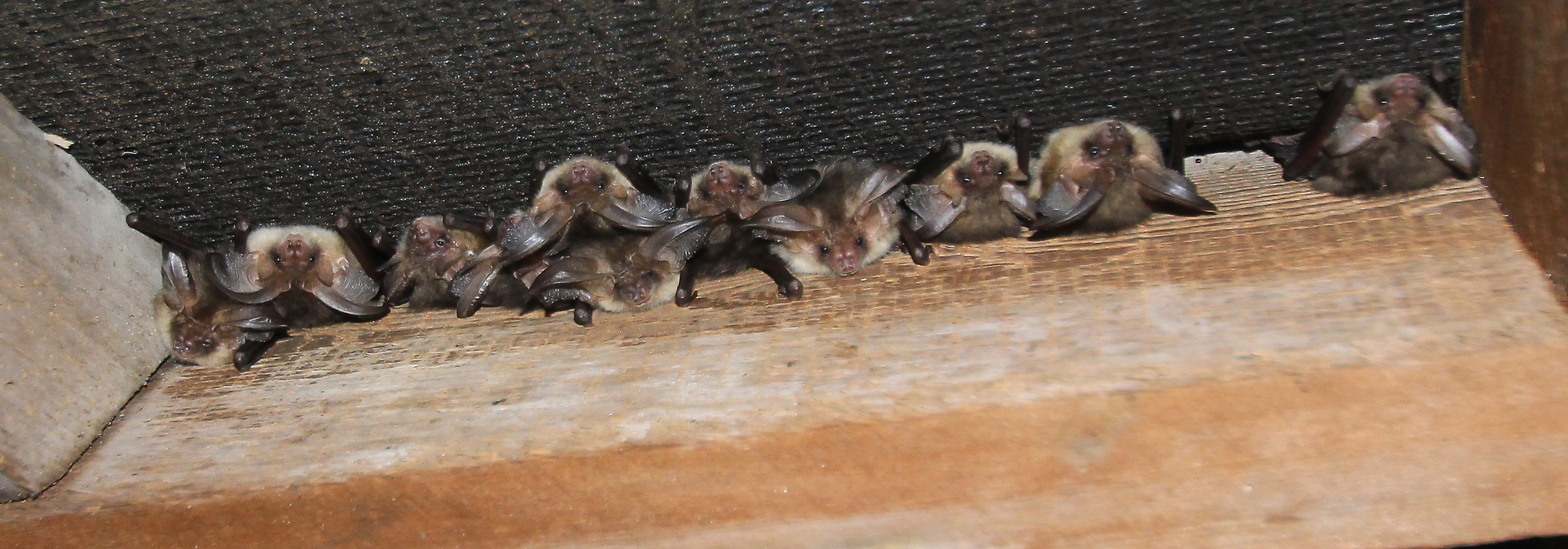Summary of Legal Protection
Bats are fully protected under the Wildlife and Countryside Act 1981 (as amended) and Conservation of Habitats and Species Regulations 2010 (as amended) and are a European Protected Species. Together the legislation makes it an offence to:
- Deliberately kill, injure or capture a bat
- Destroy, damage or obstruct a bat roost, intentionally or recklessly, whether or not bats are present
- Intentionally or recklessly disturb a bat while it is occupying a structure or place of shelter or protection
Surveys, Impact Assessment and Mitigation
Our professional, licenced ecologists can help ensure your project is designed and implemented in compliance with the legal protections for bats, improving the chances of successfully gaining planning permission while minimising the scope for impacts on this intriguing group of species. Our services include:
- Preliminary roost assessments
- Inspections of structures and trees
- Emergence and re-entry surveys to establish the presence or absence of bats
- Roost characterisation studies
- Bat activity surveys for effects on foraging/commuting habitats, including from wind turbines
- Hibernation surveys
- European Protected Species mitigation licence applications
- Ecological supervision during site works to prevent incidental killing or injury
- Habitat creation and enhancement works
- Post construction monitoring
Following the completion of appropriately designed surveys, we carry out impact assessments and advise on design alterations to retain important features – roost sites, commuting routes, connected foraging habitat – integrated within the site where possible.
Alternatively we can advise on mitigation, compensation and enhancement measures to ensure there are no long term impacts on species survival. Sometimes this can involve timing restrictions, the creation of new roost sites, and amendments to lighting strategies to minimise impacts to existing roosts. Once planning permission has been granted, we can also assist with gaining the necessary licence permissions from Natural England.
We’ve carried out bat surveys on schemes of all sizes and assisted numerous clients in successfully gaining planning permission while complying with legal protections for bats. Our ecology team operates throughout the UK, although our core area includes Kent, Sussex, Surrey, Hampshire, Wiltshire, Berkshire, Gloucestershire, Worcestershire, Warwickshire, Oxfordshire, Buckinghamshire, Northamptonshire, Bedfordshire, Hertfordshire, Cambridgeshire, Norfolk, Suffolk, Essex and London.


